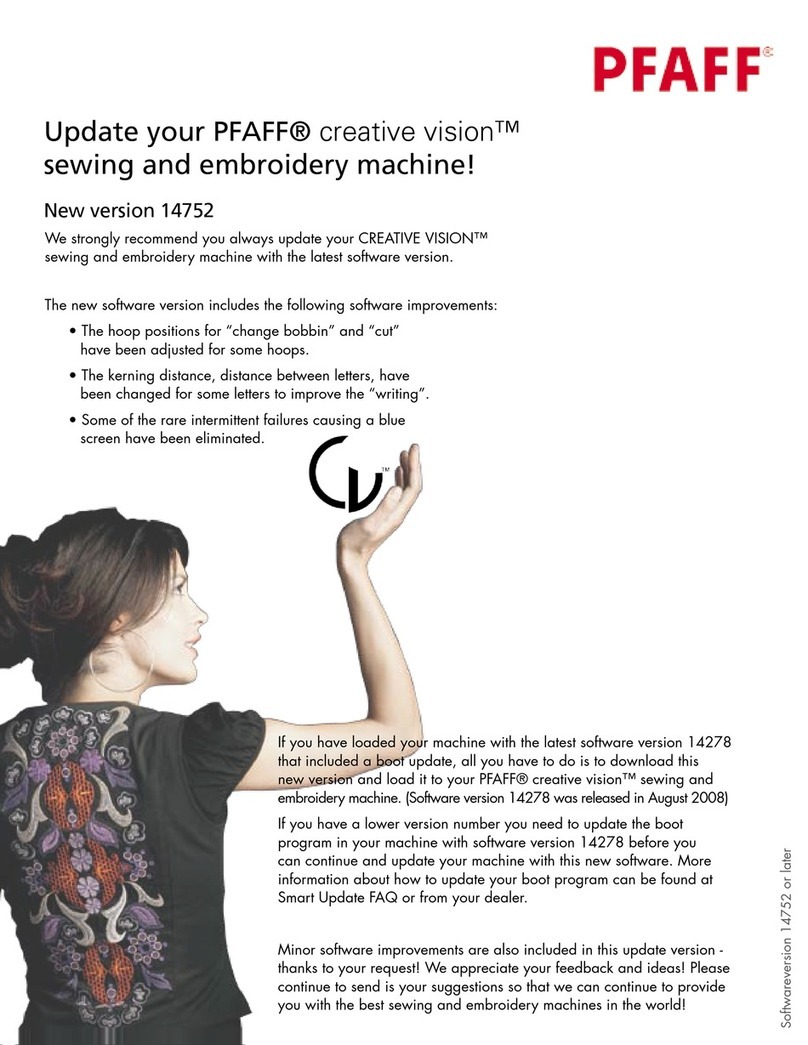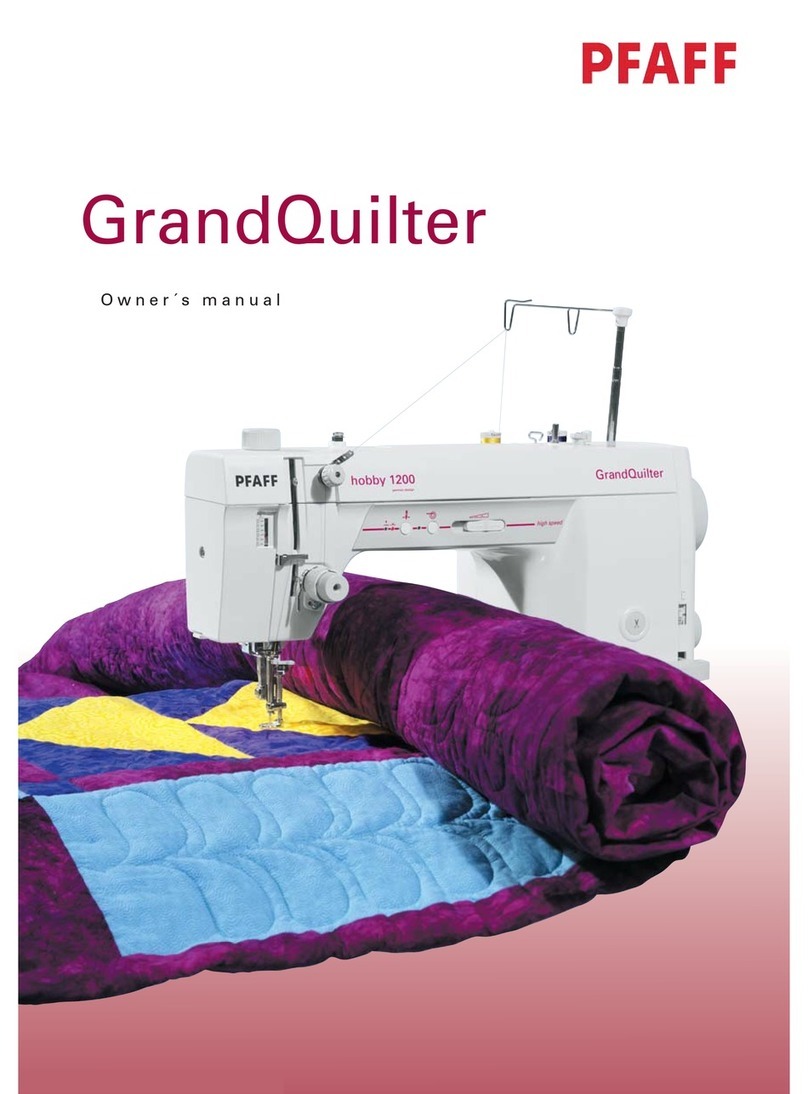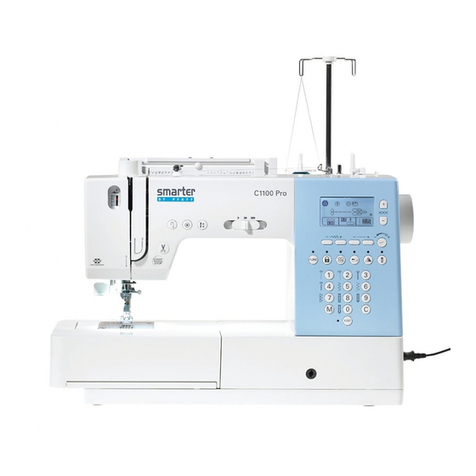Pfaff 469 User manual
Other Pfaff Sewing Machine manuals
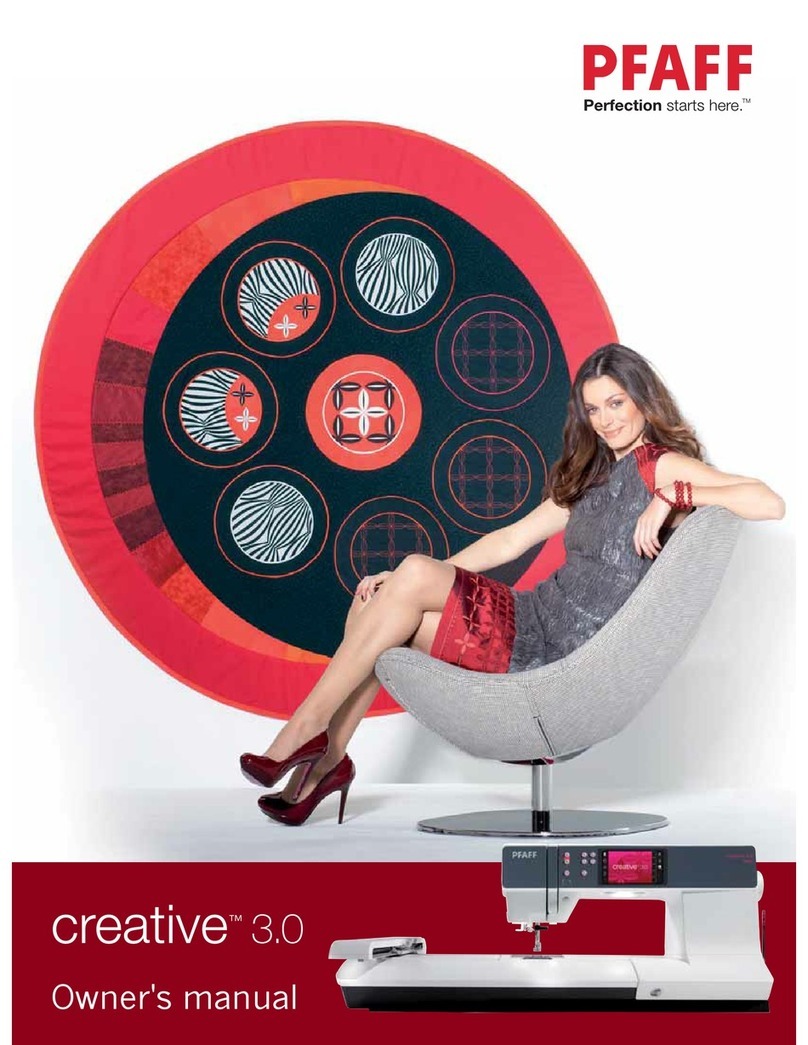
Pfaff
Pfaff cvreative 3.0 User manual
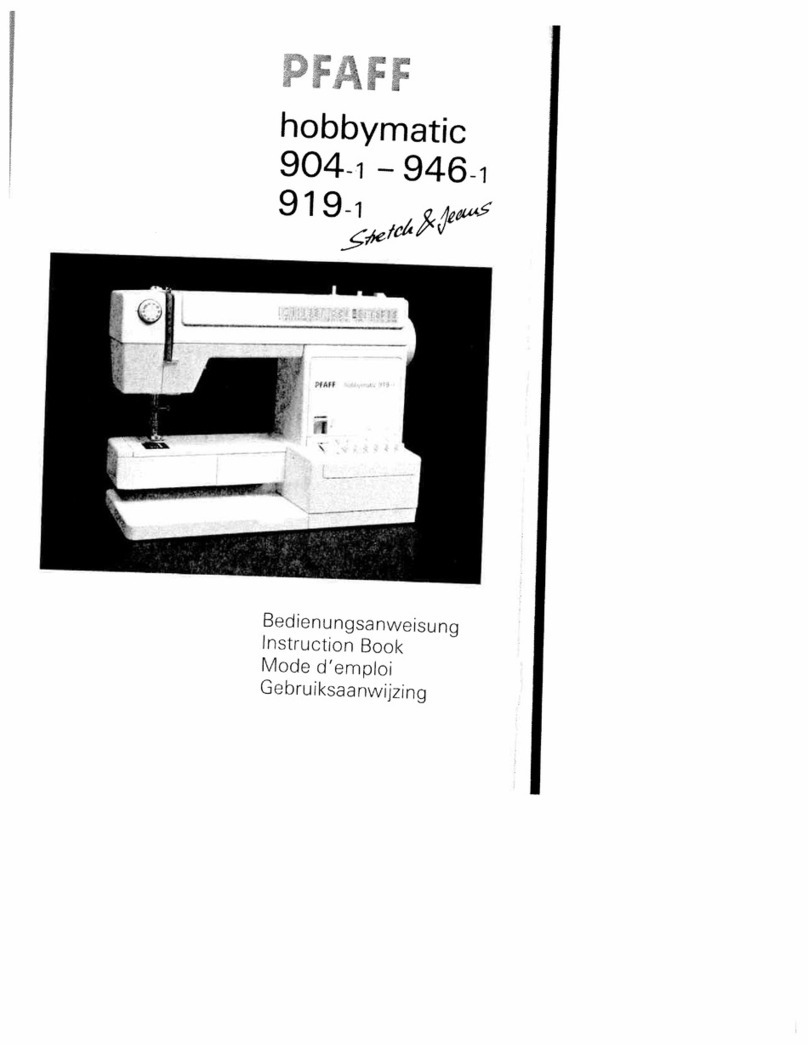
Pfaff
Pfaff hobbymatic 904-1 User manual
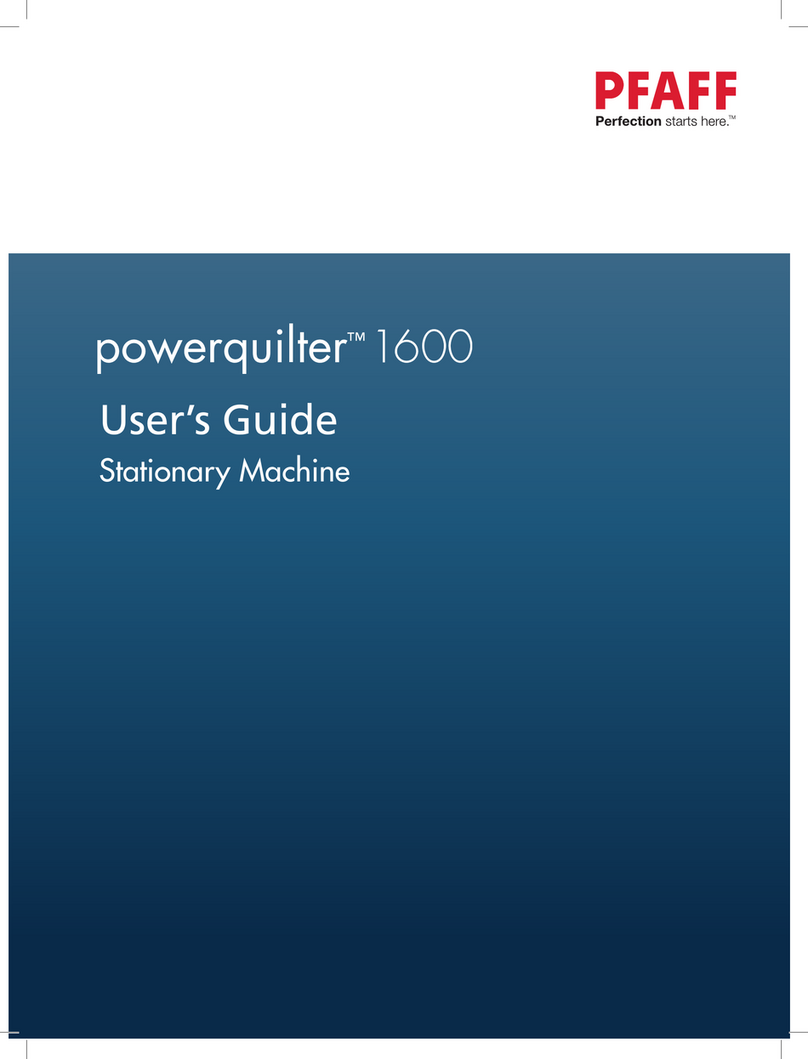
Pfaff
Pfaff powerquilter 1600 User manual
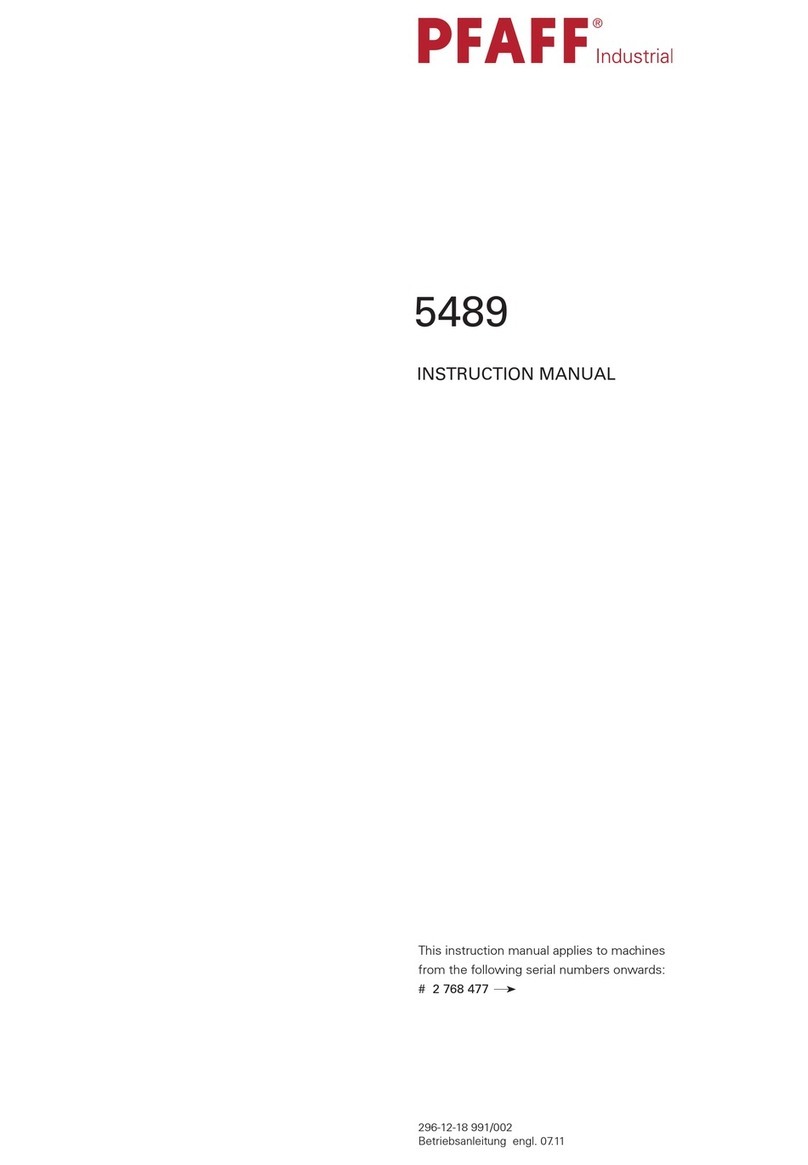
Pfaff
Pfaff 5489 User manual
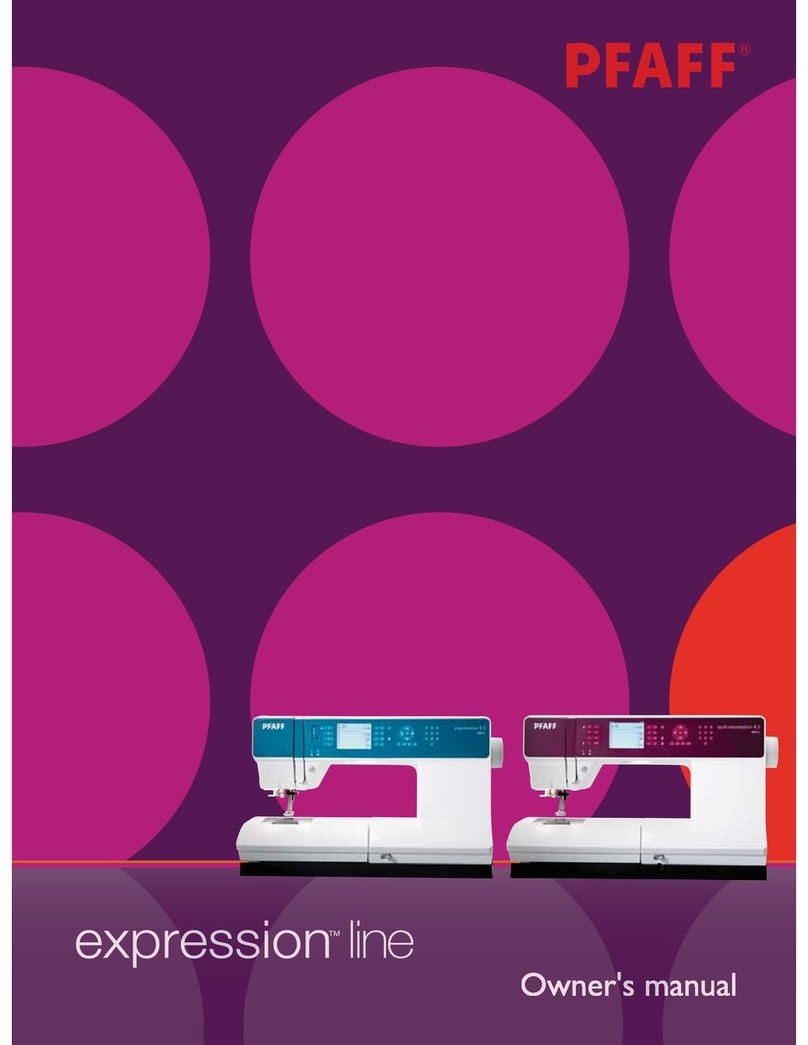
Pfaff
Pfaff Espression line User manual
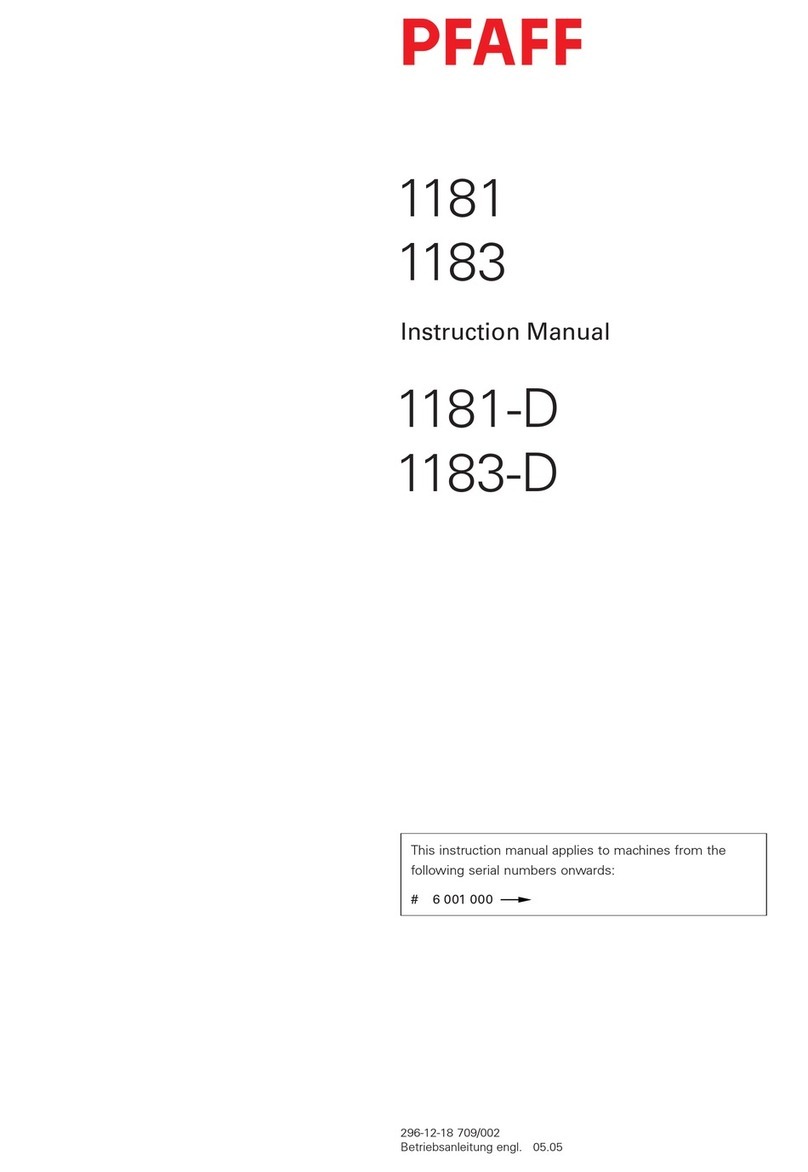
Pfaff
Pfaff 1171 User manual
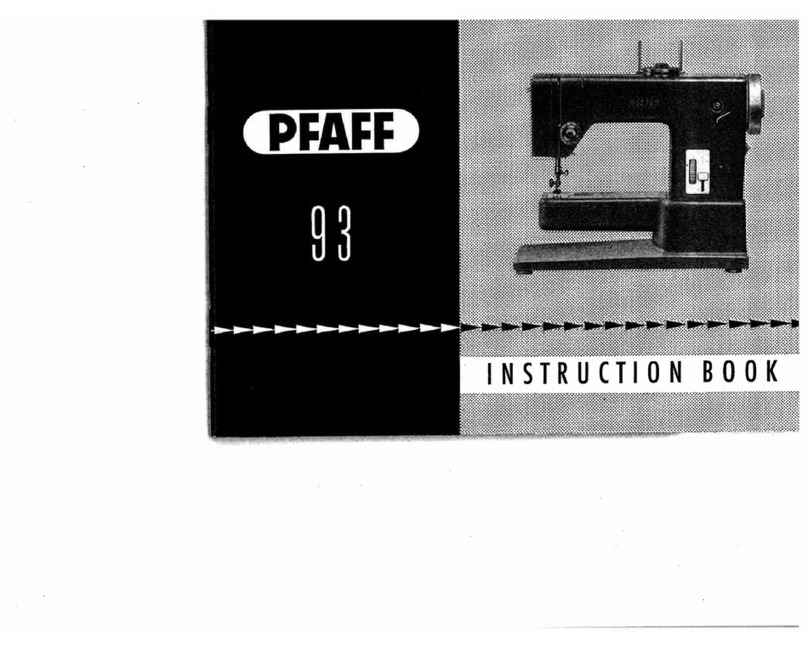
Pfaff
Pfaff 93 User manual
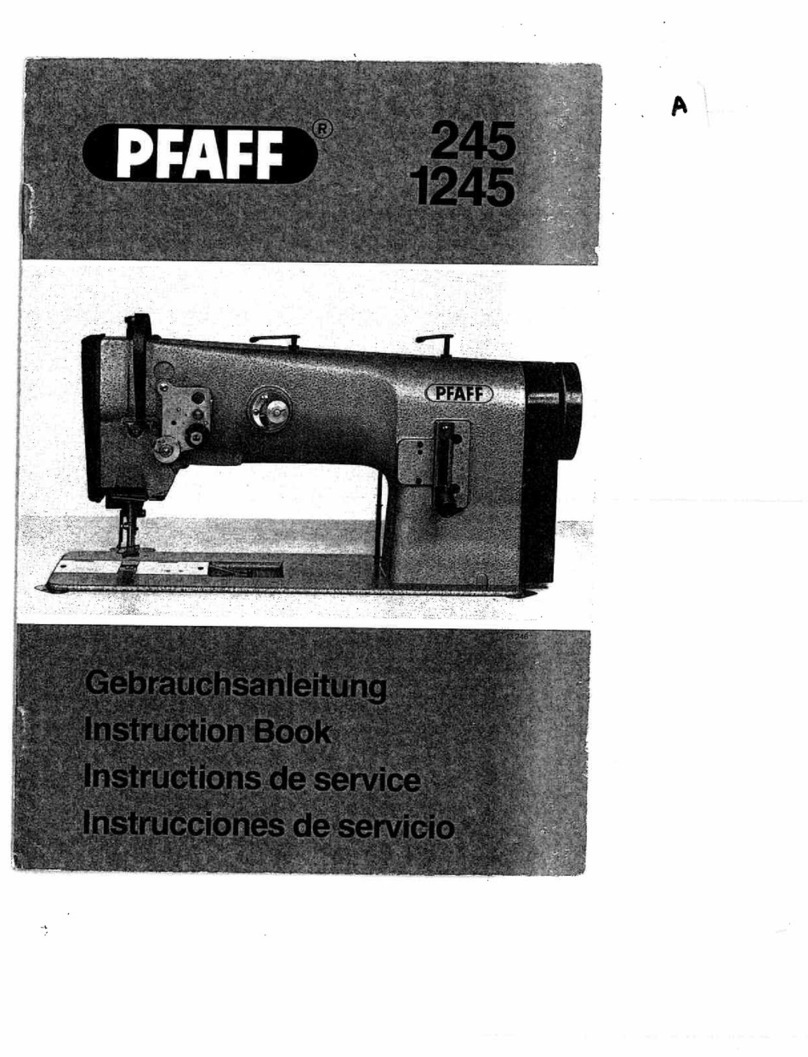
Pfaff
Pfaff 245 User manual
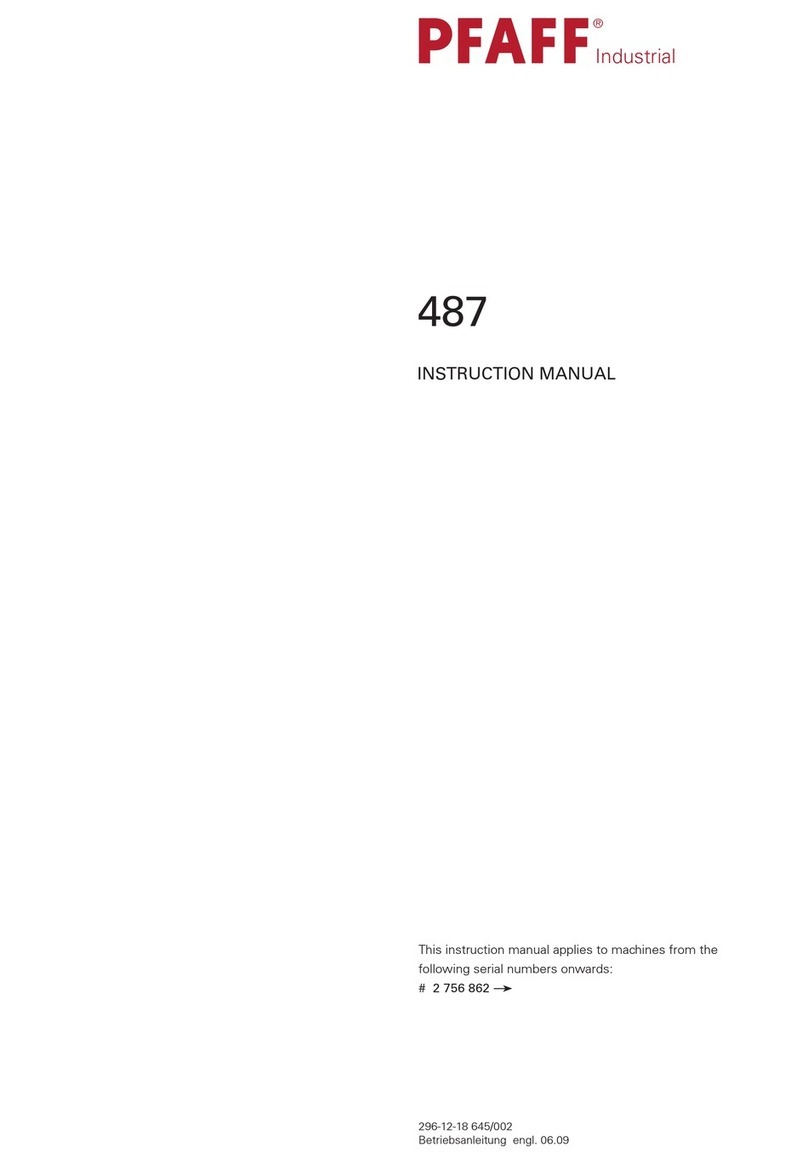
Pfaff
Pfaff 487 User manual
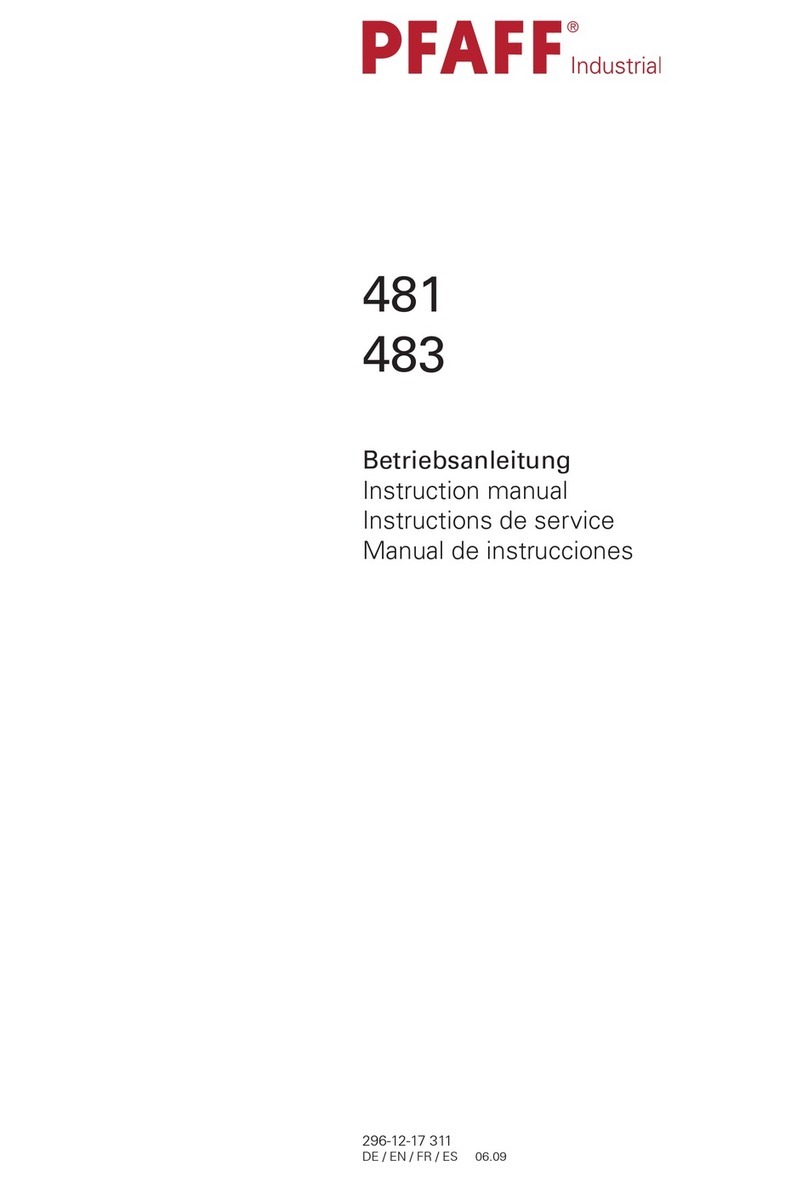
Pfaff
Pfaff 481 User manual
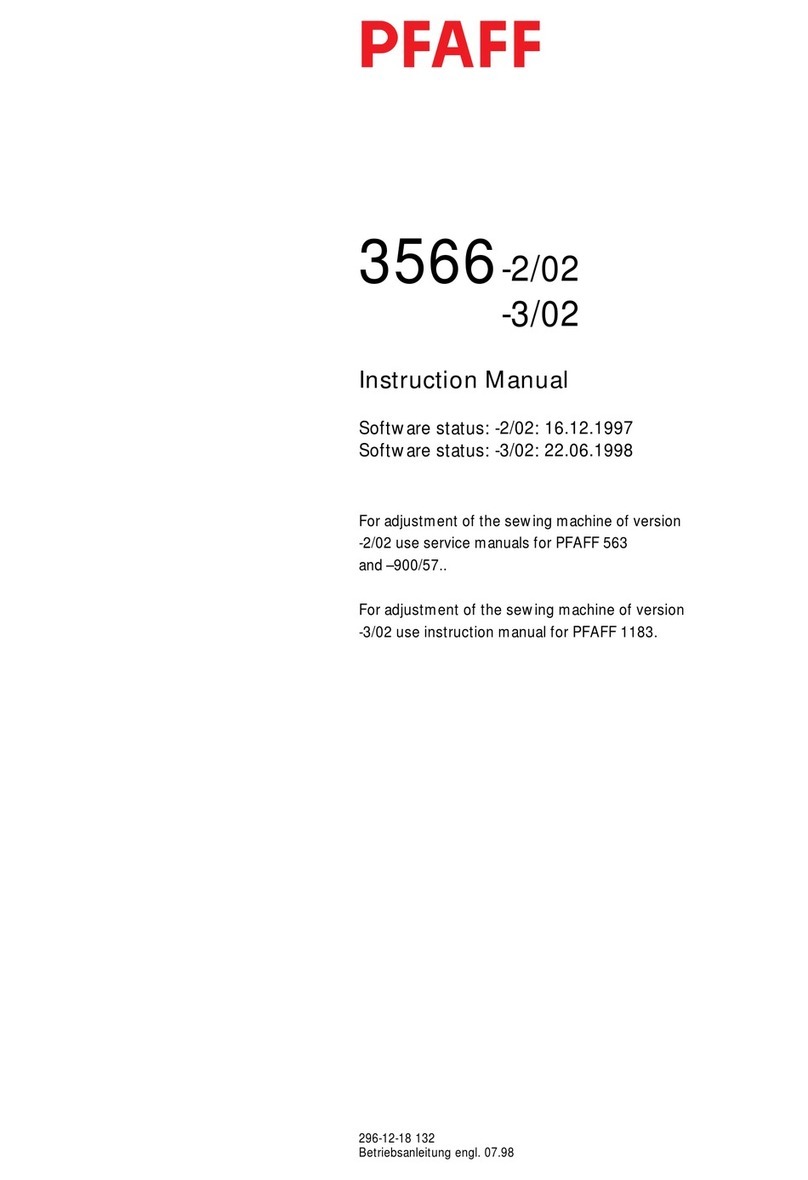
Pfaff
Pfaff 3566-2/02 User manual
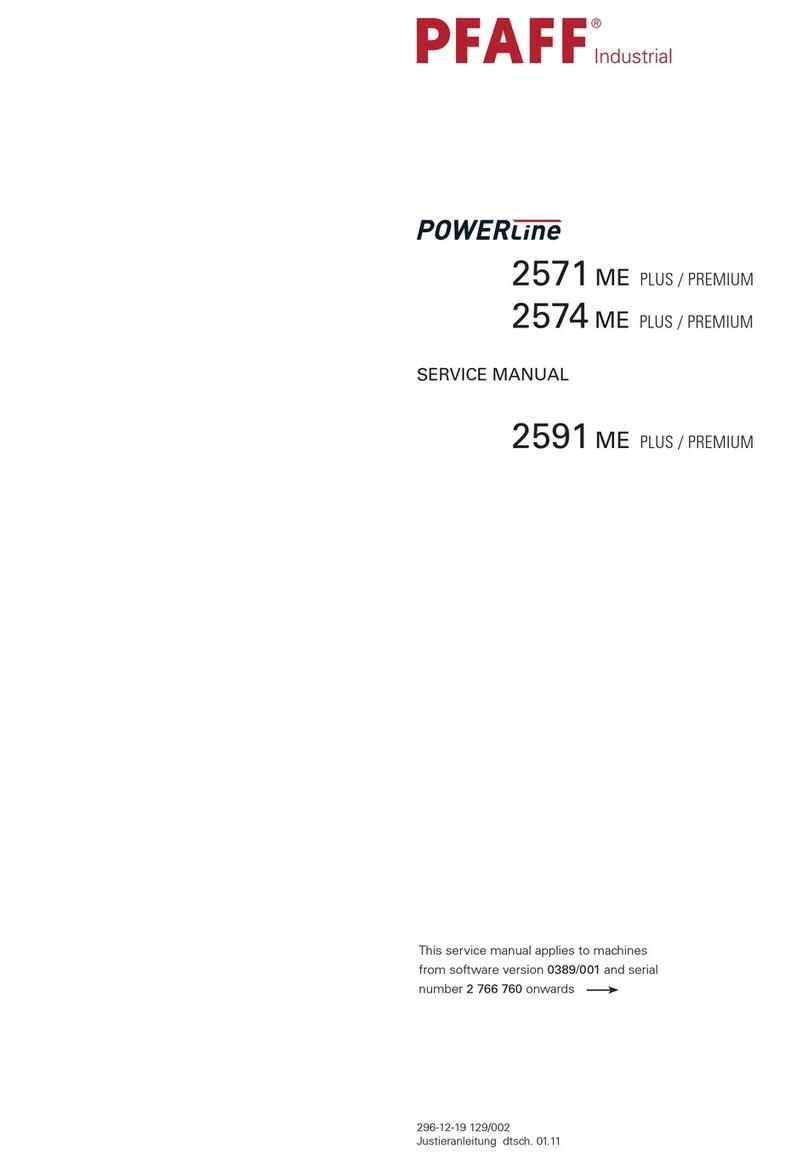
Pfaff
Pfaff POWERLINE 2571 ME PLUS User manual

Pfaff
Pfaff 2483-980/31 User manual
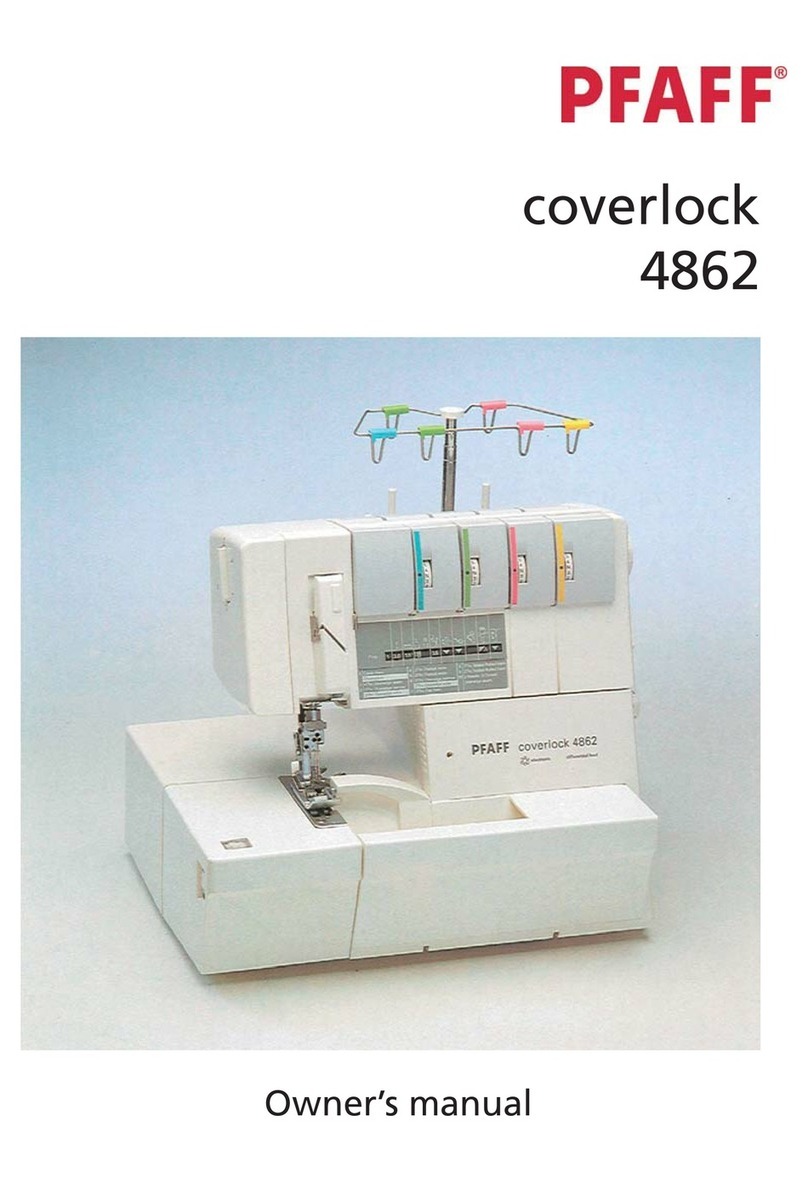
Pfaff
Pfaff coverlock 4862 User manual
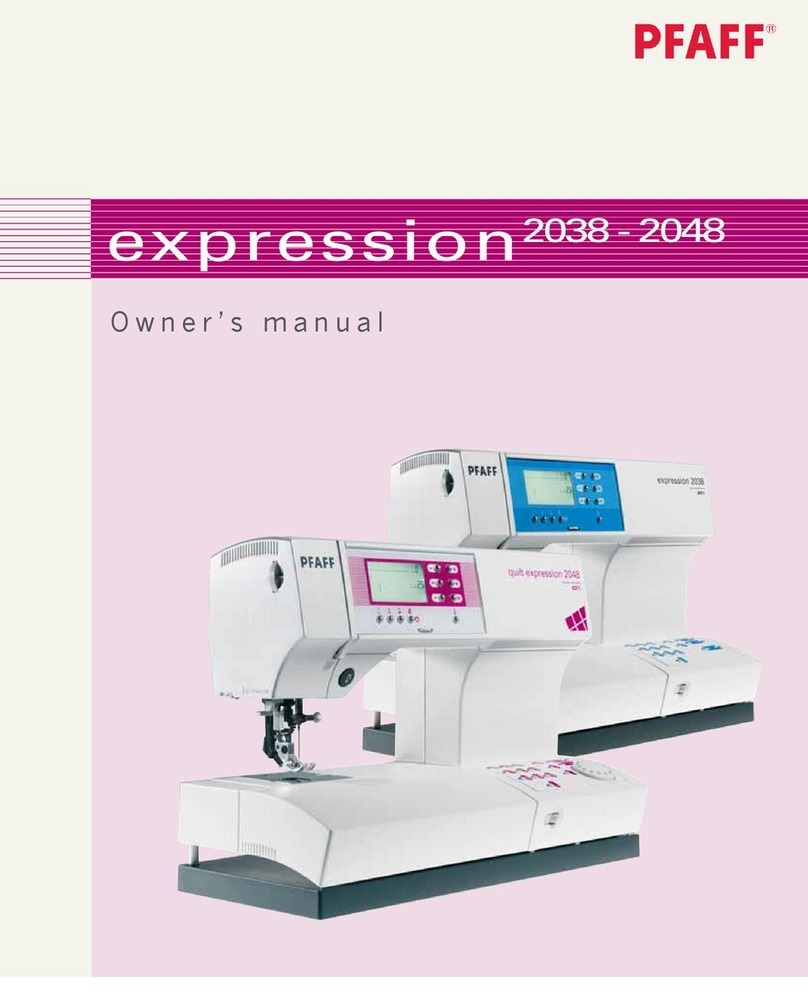
Pfaff
Pfaff EXPRESSION 2038 - User manual
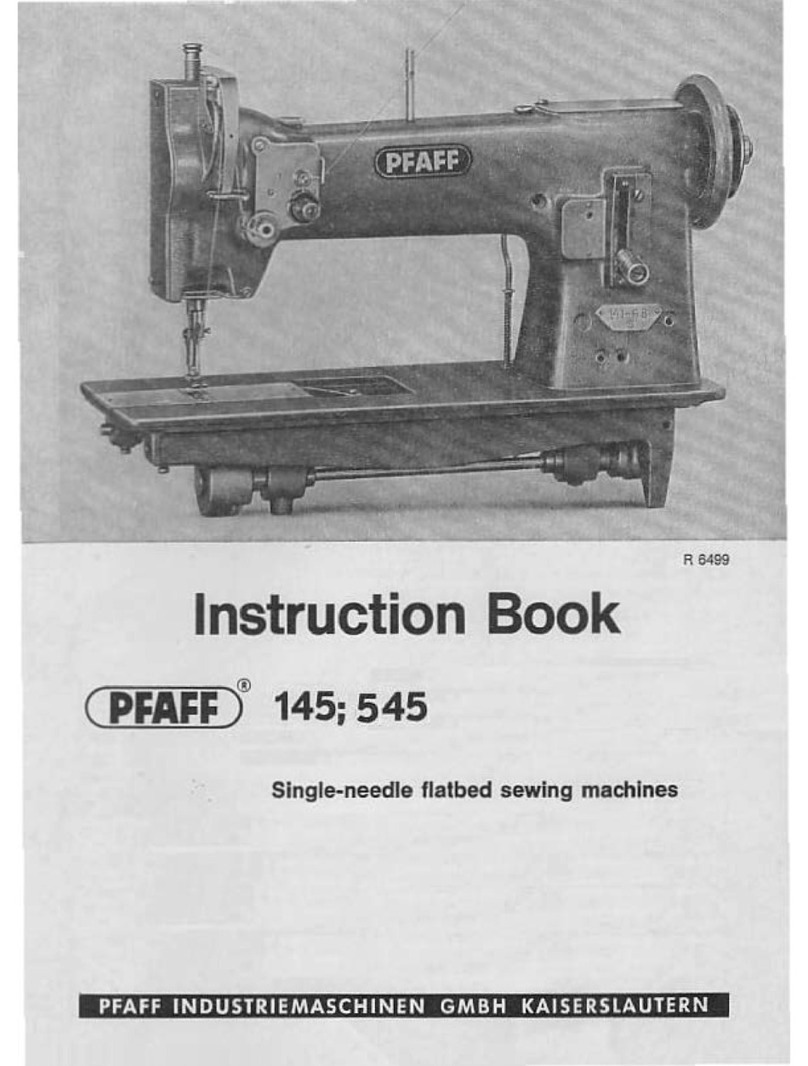
Pfaff
Pfaff 145 User manual
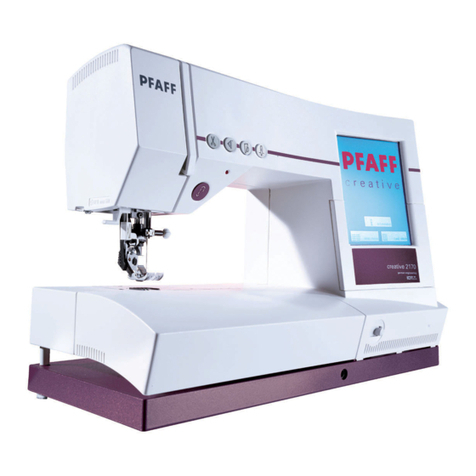
Pfaff
Pfaff CREATIVE 2170 SEWING User manual
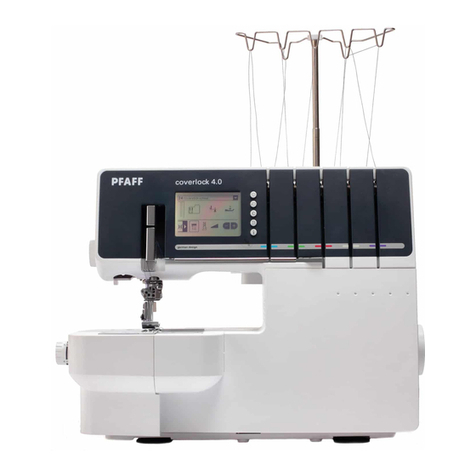
Pfaff
Pfaff COVERLOCK 4.0 - User manual
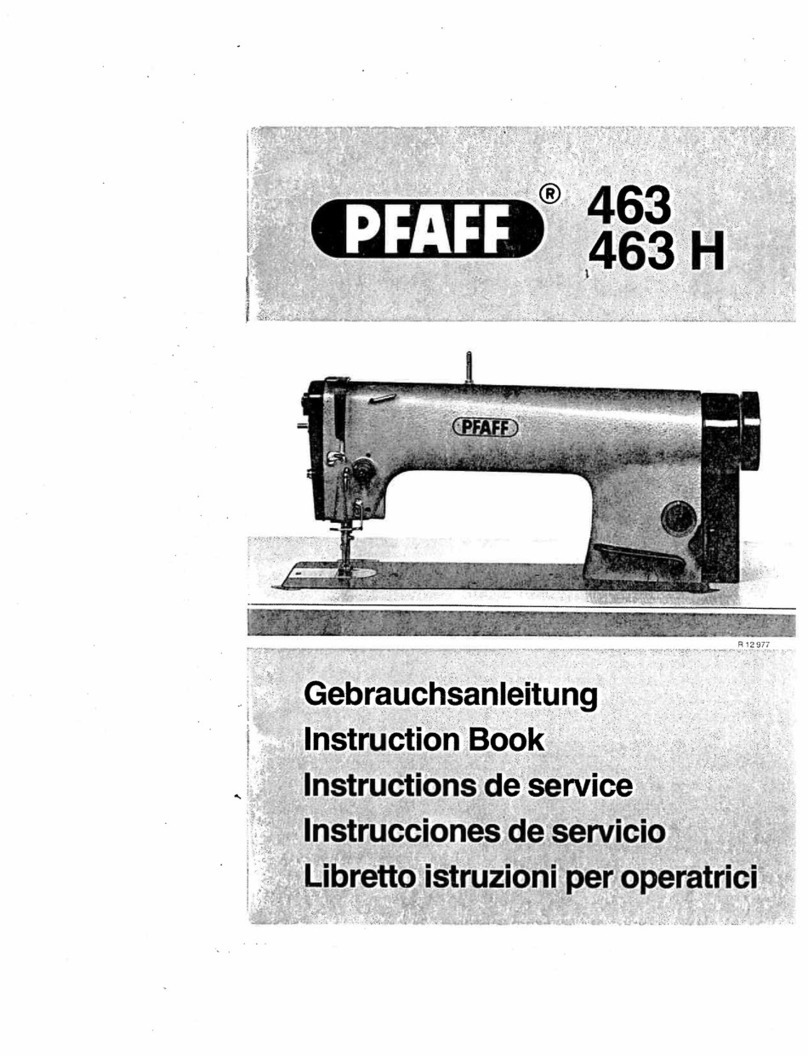
Pfaff
Pfaff 463 User manual
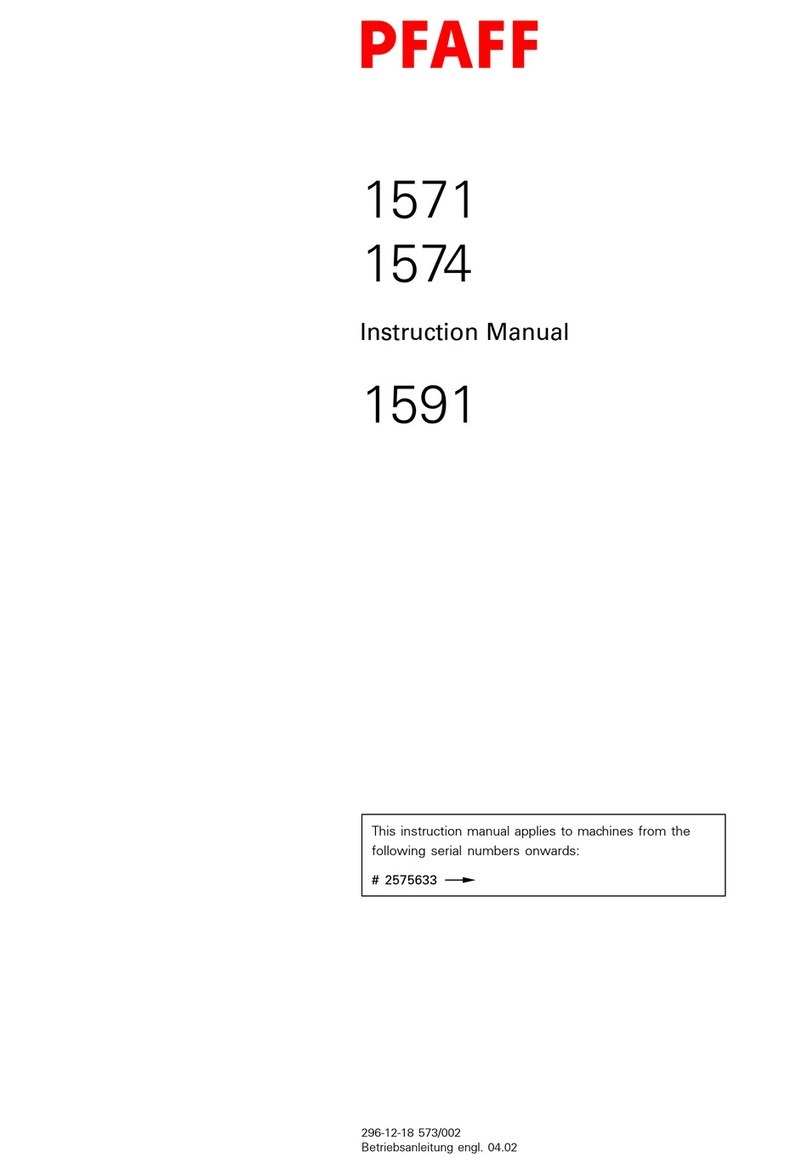
Pfaff
Pfaff 1571 User manual

